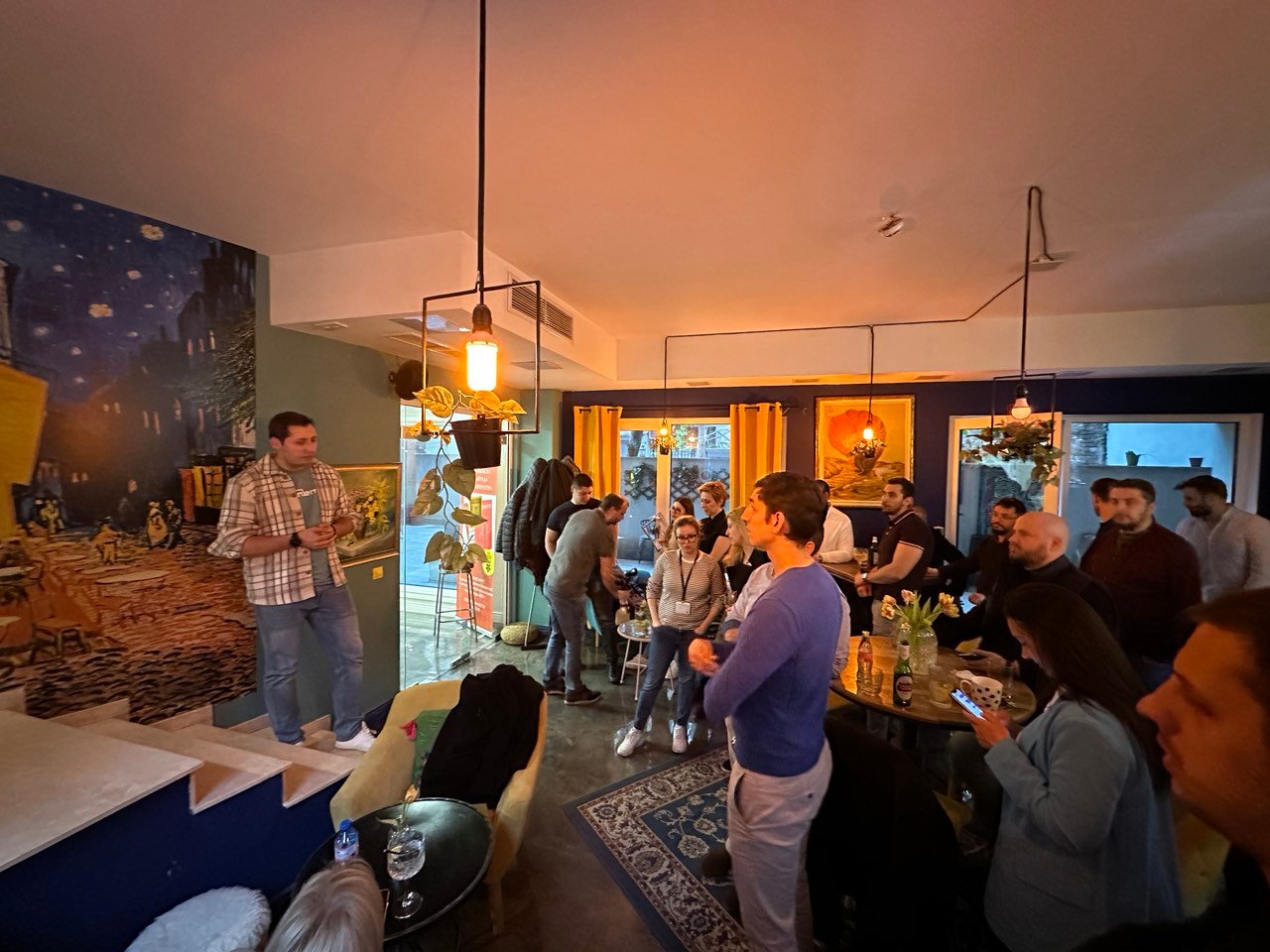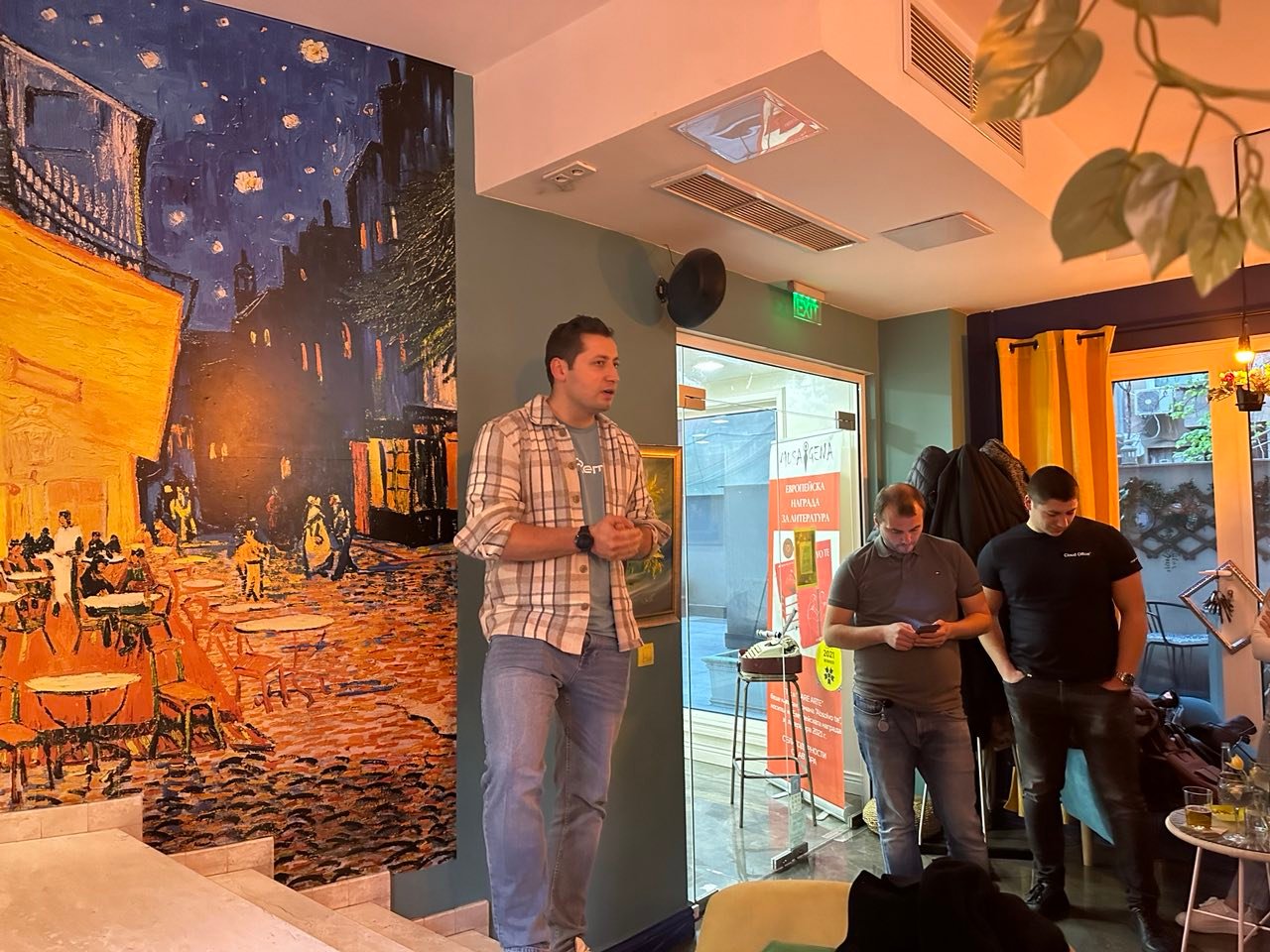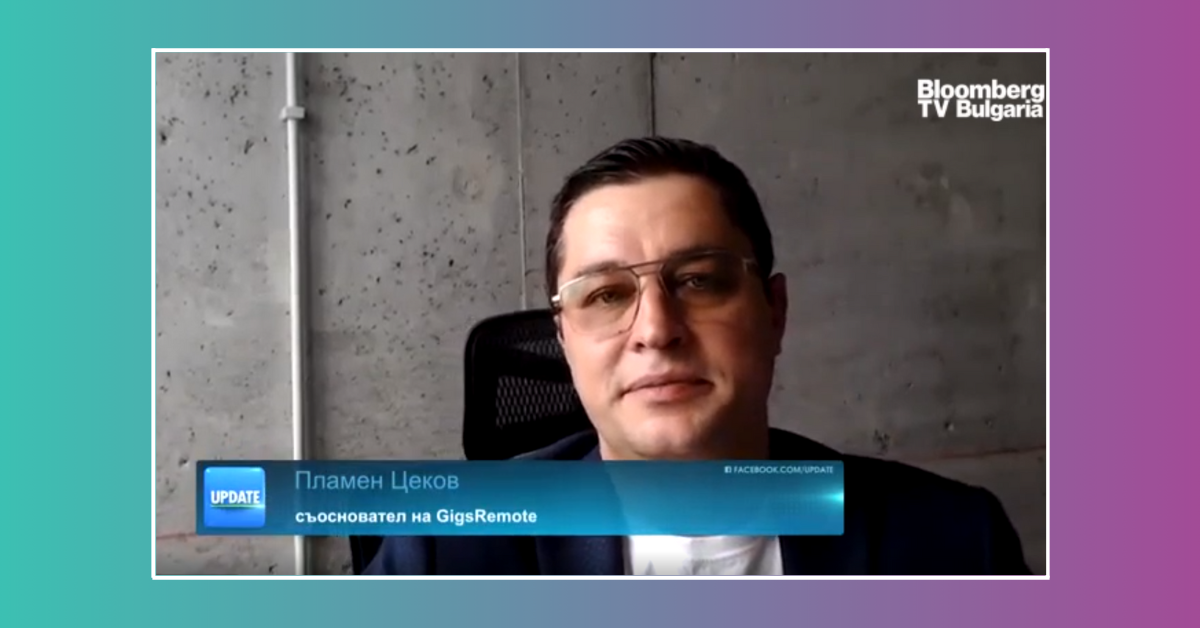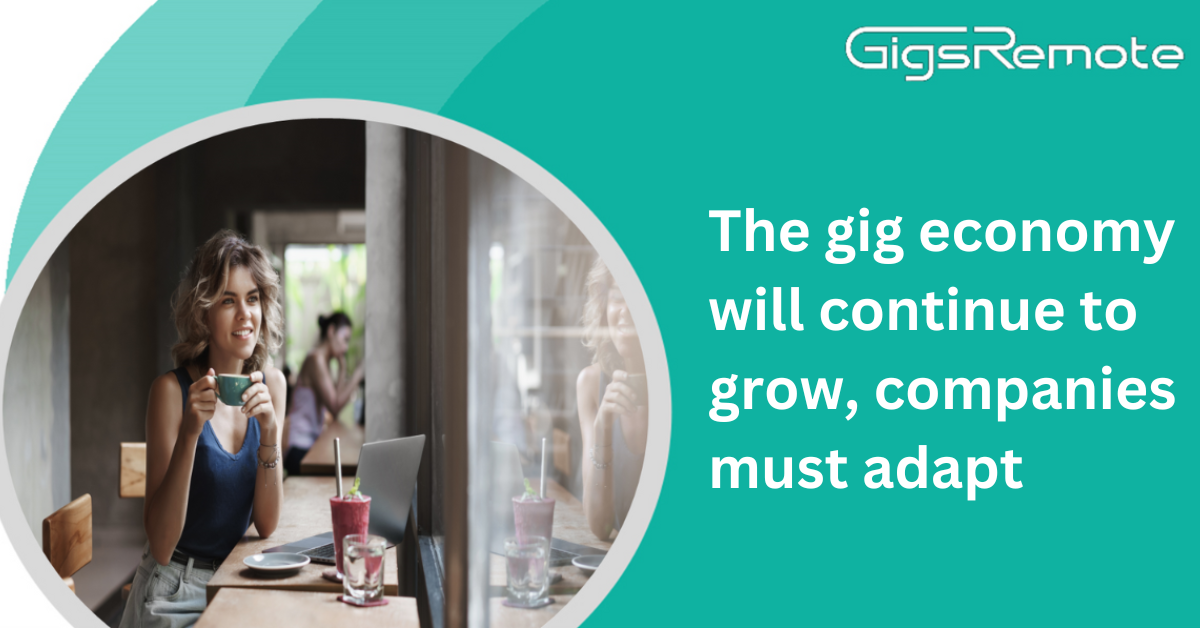Policy In The Bar: The Human Cloud
On the 27th of April 2023, we were the host of The Bulgarian Entrepreneurial Association (BESCO)'s event Policy In The Bar: Human Cloud, as part of the monthly series "Policy in the bar", where the startup community and extended network discuss different topics around policies, entrepreneurship, innovation startups etc.
Our Director of Business Development, Metodi Amov, shared a few highlights and tendencies about the Human Cloud, the Gig Economy and freelancing. Here is the short overview he gave:

--
Hello everyone,
I am Metodi from GigsRemote. The topic of today's policy discussion is the Human Cloud. I will tell you a few words about how we perceive it and what we do in it.
This is a new cloud, different, but also similar to the technological one that appeared as a concept after the 2008 financial crisis. As a result of the financial crisis at that time, new business models emerged all based on the mass consumption of a specific service or type of services (shared economy type).
The Gig Economy also appeared to some extent due to a lack of a specific mass service - an alternative to an employment contract and alternative engagement models for specific projects. It is a labor market composed mainly of part-time positions filled by freelance specialists instead of employees on an employment contract.
The Gig Economy gained great momentum in the last decade, with most of you likely using contractor services already. Now, the next "cloud-related" business phenomenon emerging, as a follow-up to the Gig Economy, is the Human Cloud.
The Human Cloud
It is part of the Gig Economy where people work remotely, from another city, country, or time zone.
This is the new way of working and engaging, massively boosted by COVID, in which there is no concept of a long-term employment contract, physical location, or corporate office. Communication and service delivery is entirely done online. Generally, the company has no physical contact with the worker.
Here are some of its characteristics, quite similar to those of the IT Cloud:
- Low and agile cost structure - just like the IT clouds, you pay only for what you use and you chose exactly what to pay for. It's easy to kick off an engagement or dismiss it. (no heavy regulations of employment law).
- Speed of delivery - hiring, onboarding, and dismissing specialists is quicker than labor employment employees.
- No hidden costs - Human Cloud workers provide an end price. No need to pay additional health insurance, bonuses, holidays, teambuilding, etc.
- Scale: global talent pool - the reach is much broader as you have part-timers, people in multiple locations, worldwide.
- On-demand - just like seasonal workers, but specialized and experienced people, exactly when and for the time you need them.

I will spare you the statistics, I will just say that it is growing and covers over 1.1 billion people worldwide. And with such scale, global and multinational companies already successfully use this model and have adapted.
Our experience is showing that SMEs are not yet ready for the Human Cloud. The perception of full-time employees, fully engaged with the company's mission, vision, office, and culture is still settled and blocking flexible delivery. We find that they have a hard time understanding what they need to do to adopt the Gig Economy and the Human Cloud. So here are a few tips for such companies.
- Implement a dual strategy, where from 50 to 70 percent of the workforce is permanent, labor contract, employees, who are submerged and breading the company culture. The ones that find themselves really breathing mission, vision, goals, KPIs, love the culture, etc. A core team, being the wheel, which steers the company in the right direction. The rest should be an elastic workforce of niche specialists, joining with a specific goal in mind - finish project X. There are freelancers or contractors who can change over time with the changing company needs and seasonality.
- Implement the right IT infrastructure and remote work culture. To make sure that the Human Cloud is taking advantage of companies should have a good bridge between the two parts of the dual employment and delivery strategy. Good infrastructure and culture remote work basis is a must.
- Project management capacity. The core team should have an extremely solid project and/or product management capacity to make sure everyone is delivering the right results.
Why use the Human Cloud at all? Because your competition will take advantage of it or you may end-up with your best employees being eater by the Human Cloud.
How to find the right people in the Human Cloud?
This is where our service comes in, solving the problem of finding suitable freelancers (1.1 billion is a lot of people):
We connect architects, consultants, and experienced engineers with the right companies and projects for them and vice versa.
GigsRemote can provide a solution to companies that want to stay ahead of the curve and be competitive in the ever-changing business landscape. By embracing a dual workforce strategy and leveraging the Human Cloud, businesses can benefit from lower costs, increased flexibility, and access to a global talent pool. With our help, companies can easily find and hire qualified freelancers who can help them achieve their goals and stay ahead of the competition.


